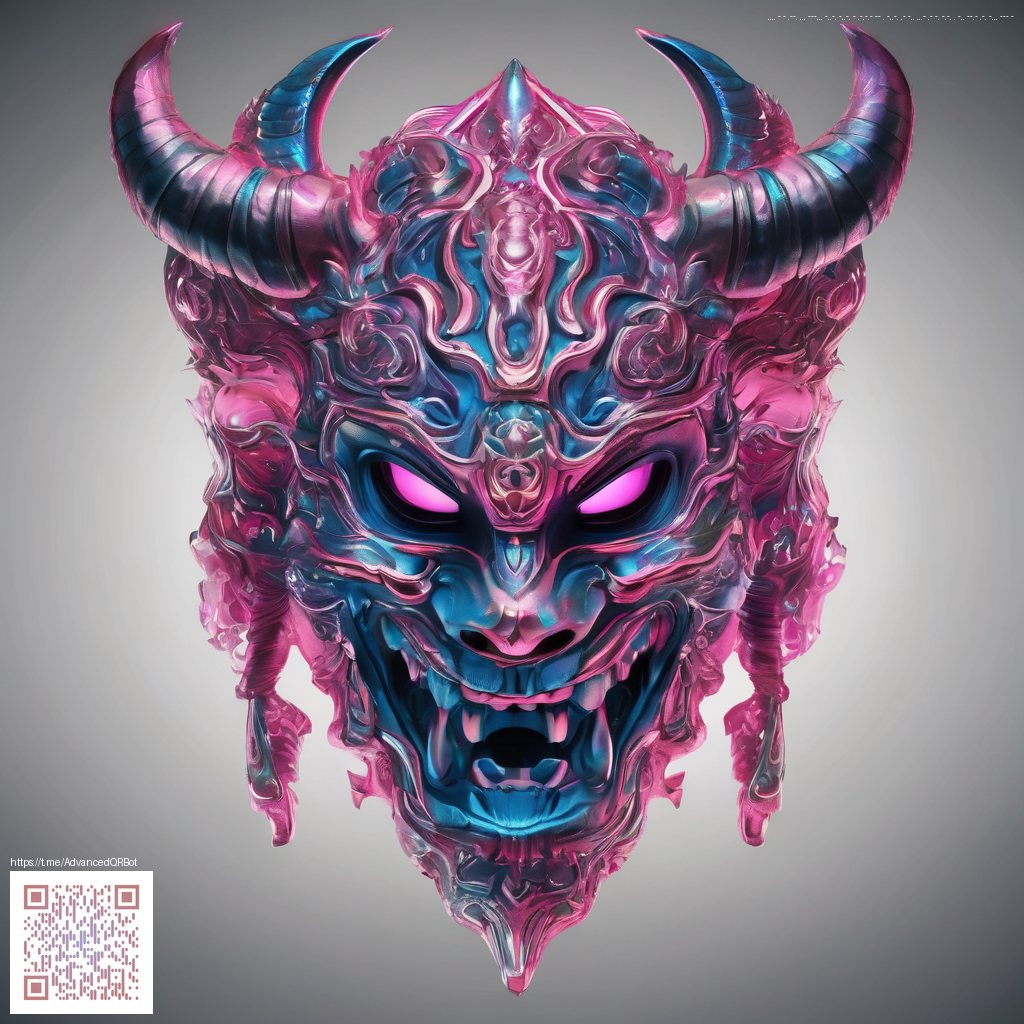
Sharpening Your PvP Arena Skills
Minecraft PvP arenas are more than just a test of reflexes; they’re a dance of perception, timing, and resource management. The best players read the map as quickly as they read their hotbar, anticipate opponents’ moves, and stay calm under pressure. The goal is not only to win the fight but to control the tempo—pushing the match toward moments where your strengths shine and your opponent’s weaknesses appear.
Know the terrain, own the tempo
Every arena has its own rhythm. Some maps reward aggressive opening gambits, while others favor patience and micro-adjustments. Start by studying layout features: chokepoints, high ground, and line-of-sight opportunities. A quick mental note-list—where you can retreat safely, where you can surprise, and where you’re most vulnerable—will pay dividends in the first 10 seconds of engagement. A practical approach is to practice in a variety of practice arenas or overlays until you can anticipate typical patterns, then adjust your strategy on the fly when an unfamiliar map appears.
Movement, spacing, and control
Movement is the backbone of PvP success. Efficient strafing, timely sprint bursts, and disciplined retreating can turn a heated exchange into a one-sided duel. Work on your spacing so you don’t trade hits unnecessarily and maintain pressure without over-committing. A strong emphasis on quick, deliberate clicks and consistent aim will help you win more exchanges when opponents misjudge your reach or your sprint timing. In practice, treat your mouse as an extension of your intention—where you point, you should feel your avatar respond with confidence.
“Small decisions compound. A moment of misread terrain or a jittery click can swing a duel, but deliberate, repeatable moves win long sets.”
Inventory discipline and resource management
In the heat of combat, the way you manage your hotbar and consumables can decide the outcome. Prioritize quick access to your most-used items, and avoid unnecessary stumbles while mid-duel inventory checks. It helps to rehearse hotbar swaps in neutral practice rounds so you can execute them without looking away from your opponent. Keeping a calm, consistent routine here reduces reaction time for your hands and raises your overall accuracy under pressure.
Practice routines that compound progress
Structured practice beats random play. A balanced routine might include:
- 15 minutes of map-awareness drills: identify terrain advantages on multiple arena layouts.
- 15 minutes of movement and aim work: repeatable strafing patterns and controlled sprint bursts.
- 10 minutes of scenario duels: one-on-one rounds focusing on timing, spacing, and decision making.
- 5 minutes of cooldown play: analyze your last games, noting where you felt uncertain or overextended.
To maximize gains, keep a simple log of your wins, notable exchanges, and the moments you felt unsure. Over time, you’ll notice your decision-making becoming more automatic and your reflexes steadier. If you’re looking to pair practice with a tactile setup, a high-quality mouse pad can help maintain precision during long sessions—for example, the Custom Rectangular Mouse Pad 9.3x7.8in White Cloth Non-Slip provides a steady surface for those rapid, repeated key taps. You can view the product here: Custom Rectangular Mouse Pad 9.3x7.8in White Cloth Non-Slip.
Gear and setup that support consistent performance
Beyond a good mouse pad, consider how your overall gear supports your play style. Footing, chair stability, and monitor setup all influence your ability to keep your focus during longer sessions. For extra insights and additional ideas on arena tactics, many players like to explore curated content and community resources, such as the guide you can find at this resource hub. It’s not about chasing the newest gadget, but about building a stable, repeatable workflow that reduces variance in your performance.
Interpreting feedback and iterating your strategy
After each session, replay the key moments in your mind or with a teammate. Ask concrete questions: Did you recognize the enemy’s opening pattern quickly? Were you trading hits too early or too late? Could you have used the terrain to your advantage at a specific juncture? The goal is to turn raw experience into a formula you can apply in future fights, not just a memory of one-off wins.
Similar content
For more context and examples on arena design and strategy, explore related material on the page: https://1-vault.zero-static.xyz/9a22b39e.html.